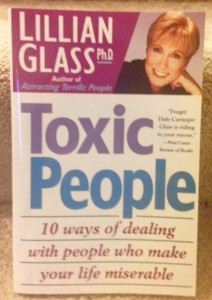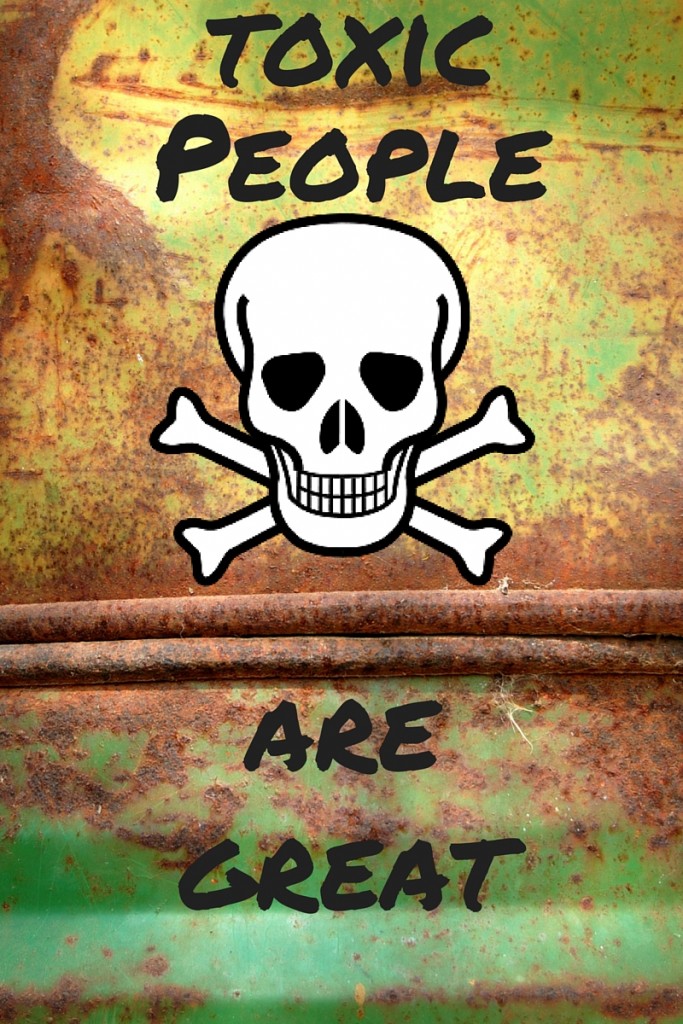True? True—in your writing if not in your life. You may recall that last month I wrote about the types of toxic mother/daughter relationships, and how the patterns could hold regardless of who the two people are. You’ll find that this blog is related.
Lillian Glass profiled 30 types of toxic terrors, and just the labels are thought-provoking: cut-you-downer, chatterbox, self-destroyer, runner, silent but deadly volcano, gossip angry pugilist, gloom and doom victim, smiling two-faced backstabber, wishy-washy wimp, opportunistic user; bitchy, bossy bully; jokester, unconscious social klutz, mental case, bullshitting liar, meddler, penny-pinching miser, fanatic; me, myself, and I narcissist; Eddie Haskell, self-righteous priss, snooty snob, competitor, control freak, accusing critic, arrogant know-it-all, emotional refrigerator, skeptical paranoid, instigator.

Translating this into writing: the presence of a toxic character immediately raises tension and conflict. That is their role, to make other people’s lives miserable. But spread the glory: don’t make one character carry the entire burden of toxicity. Consider a couple, apparently happy together but each toxic to other people in different ways.
Glass’s book is basically a self-help book, so she also offers 10 techniques for handling toxic people: tension-blowout (deep breathing), humor, stop-the-thought, mirror (reflecting the behavior back), direct confrontation, calm questioning, give-them-hell-and-yell, give-them-love-and-kindness, vicarious-fantasy, unplug (the person from your life).
Translating this into writing: have your characters deal with the toxic person(s) in different ways, with varying degrees of success. And the inappropriate behaviors that she advises you never to do in real life (e.g., physical violence) are perfectly appropriate—and often effective—in achieving your writerly goals.
Glass offers an exercise for identifying the types of people who drive the reader nuts. As the author, you could complete this exercise for your main characters. Identifying the consistencies might even provide insights about how to make your character(s) richer and more real.
My edition of the book was published in 1997, but toxic people are timeless! This and several of her other books are available on Amazon, and I urge you to consider whether it would be helpful to you.
Related Posts
Psychology For Writers series
Writers Need Toxic Relationships
The Principle of Least Interest
Why Women Have Sex: Character Motivation Matters
Rational and Irrational Behavior in Your Characters: Guest Post on Thrill Writers
More on Characters
Books for Writers: Deborah Tannen
